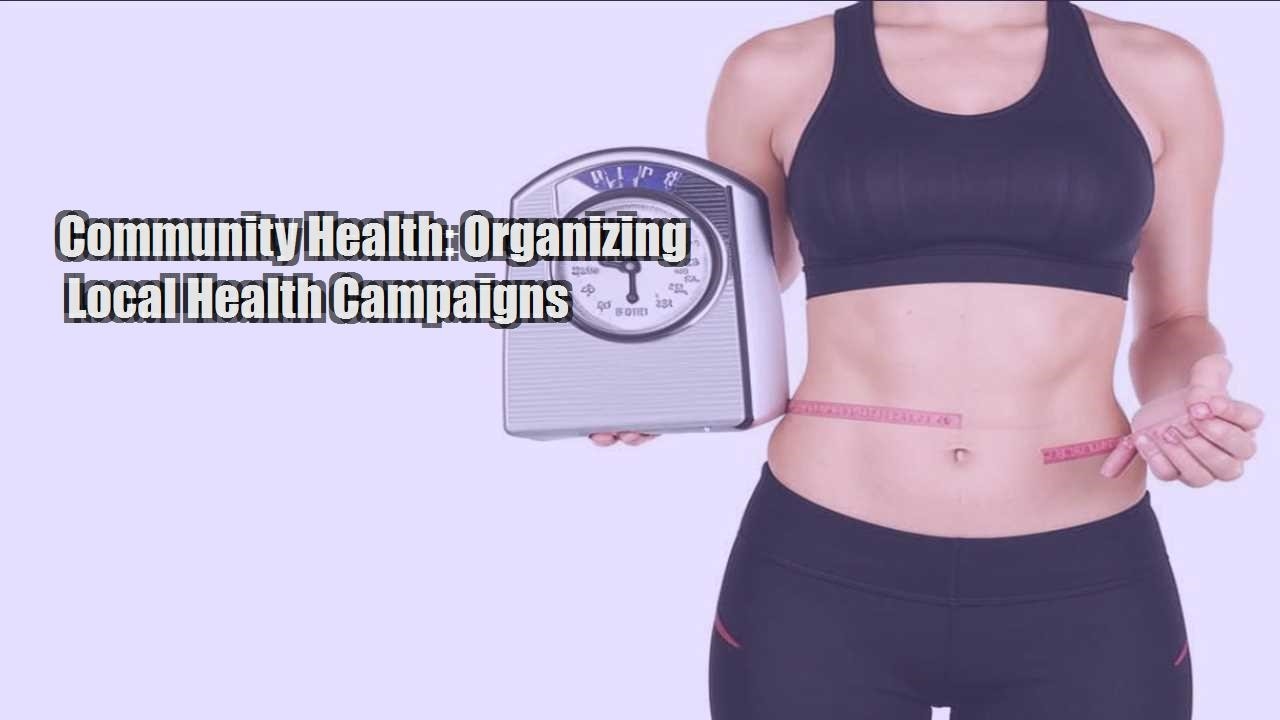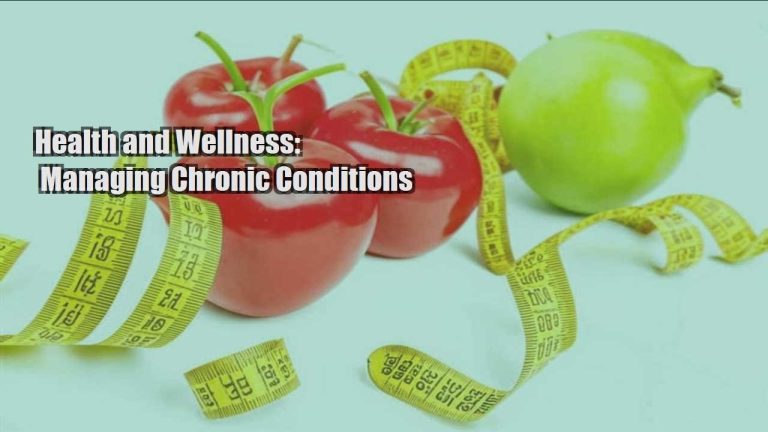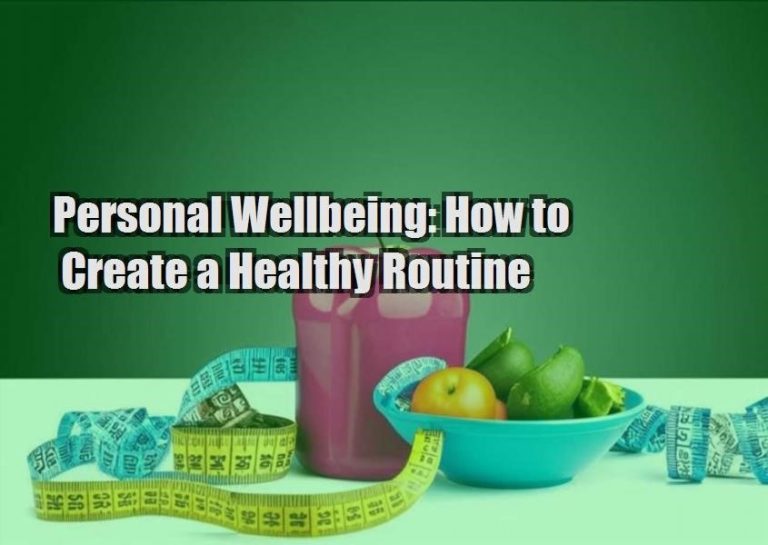In todays world, community health has become an increasingly important aspect of public well-being. As societies grapple with various health challenges, from infectious diseases to chronic conditions, the need for organized efforts at the local level has become evident. Community health campaigns play a crucial role in raising awareness, promoting preventive measures, and fostering a culture of wellness within neighborhoods and towns.
The Importance of Local Health Campaigns
Local health campaigns serve as a vital link between healthcare providers, government agencies, non-profit organizations, and the community at large. They are instrumental in addressing specific health concerns that affect a particular region or demographic group. By focusing on local needs and contexts, these campaigns can tailor their strategies to effectively reach and engage the target audience.
Key Components of Successful Campaigns
Effective organization is essential for the success of any local health campaign. Here are some key components that contribute to the effectiveness of such initiatives:
- Community Engagement: Building partnerships and involving community members in the planning and implementation process ensures that campaigns are relevant and inclusive.
- Evidence-Based Strategies: Utilizing data and research to identify priority health issues and selecting interventions that have been proven to be effective.
- Multi-Sector Collaboration: Working across different sectors such as healthcare, education, and local government to leverage resources and expertise.
- Targeted Messaging: Tailoring communication materials to resonate with the cultural, linguistic, and socio-economic diversity of the community.
- Accessible Services: Ensuring that healthcare services and resources are easily accessible to all members of the community, regardless of their background or circumstances.
Examples of Successful Campaigns
Several successful local health campaigns have demonstrated the impact of organized community efforts. Here are a few examples:
1. Smoking Cessation Campaigns
Many communities have launched campaigns to reduce smoking rates and promote tobacco cessation programs. These initiatives often involve partnerships with healthcare providers, schools, workplaces, and advocacy groups to provide support and resources to individuals looking to quit smoking.
2. Healthy Eating Initiatives
With the rise of obesity and diet-related illnesses, communities are increasingly focusing on promoting healthy eating habits. Campaigns may include educational workshops, cooking classes, community gardens, and initiatives to increase access to fresh and nutritious foods in underserved areas.
3. Vaccination Drives
Vaccination campaigns are critical for preventing the spread of infectious diseases. Local health departments often organize vaccination drives in collaboration with healthcare providers, schools, and community centers to ensure that residents are up-to-date on their immunizations.
Conclusion
Community health campaigns play a vital role in improving public health outcomes at the local level. By engaging stakeholders, leveraging resources, and implementing evidence-based strategies, these initiatives have the potential to make a significant impact on the well-being of communities. As we continue to face new health challenges, organizing effective local health campaigns will remain essential in promoting a healthier and more resilient society.







